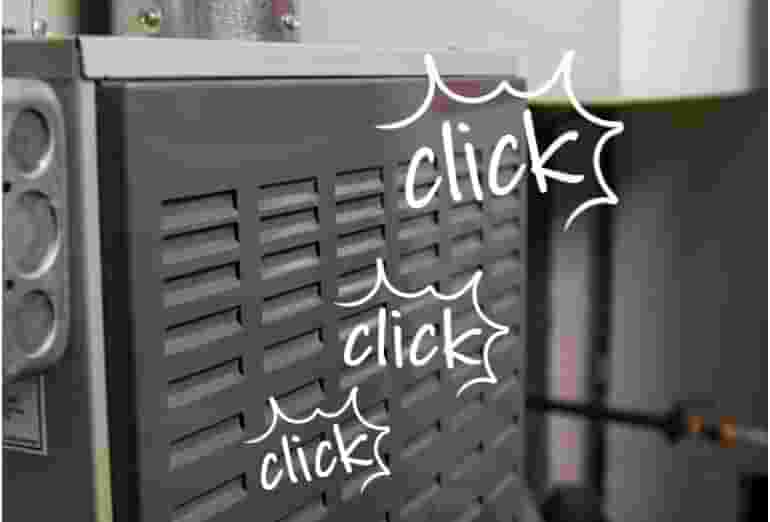About 15% of Canadian homes rely on private septic systems to process household waste. That means millions of Canadians count on their septic tanks and leach fields to keep their homes running normally. When something goes wrong with any part of a septic system, there’s no time to lose. Untreated septic issues can lead to sewage backups inside or outside the home.
Need immediate assistance with your drain field? Contact your local Mr. Rooter® Plumbing.
Septic Tank Drain Field Layout
Drain fields, also known as weeping beds, leach fields, or leaching beds, are usually made of perforated PVC pipes that are sometimes referred to as weeping tiles. They are buried at least six inches below the lawn surface, with an array of several individual pipes laid eight to ten feet apart. The size and layout of each home’s drain field is unique and depends on several factors, including the size of the septic tank and the topography of the drain field space.
Your local Mr. Rooter Plumbing is familiar with the soils and weather patterns in your area. Count on them for an effective drain field design and installation.
Drain Field Pipe Installation Process
Many municipalities prohibit DIY septic installations because it’s a process that requires expertise and precision. Your local Mr. Rooter Plumbing will dig a system of trenches for the drain field pipes. We then line those trenches with gravel before laying and connecting a system of perforated pipes. Last, we cover the pipes with another layer of gravel, which we then cover with special fabric to prevent dirt from infiltrating the system. At this point, at least six inches of soil should be placed over the entire pipe array. Planting grass seed or sod on top will reduce the amount of rainwater that seeps into the drain field.
Professional Septic Tank Drain Field Installation Services
Mr. Rooter Plumbing performs expert drain field installation throughout Canada. You can count on our trained and experienced service professionals to deliver excellent service and perform the job right the first time. To schedule your septic tank leach field installation, call or request a job estimate online.
Frequently Asked Questions
Can you plant trees near a leach field?
In general, it’s not a good idea to plant trees or woody ornamentals near septic tanks or drain fields. Their tough, intrusive roots can invade and clog the system. Instead, consider planting ornamental grasses, ground cover, or perennial flowers with shallow root systems. If you really need some height or texture in your garden, choose shallow-rooted trees and shrubs like dogwood, Japanese maple, or dwarf varieties. It’s wise to grow something on top of the septic tank and leach field to minimize erosion, facilitate oxygen exchange, and divert some rainwater away from the system.
Where is my septic drain field?
Start the location process by finding your septic tank lid. Your septic tank should be located approximately 10-20 feet away from your house. The drain line will extend from the far side of the septic tank and lead into the leach field. A septic tank probe may be helpful for this project; when in doubt, call your local plumber for assistance.
What does thawing a frozen drain field take?
Running hot water, adding chemicals, or lighting fires over the drain field will NOT thaw a frozen drain field. In fact, all of these tactics can cause more problems. Call your local plumber to employ drain cameras to inspect the frozen drains and determine whether drain-jetting equipment will resolve the issue.
Can you put an above-ground pool over a septic drain field?
Mr. Rooter Plumbing does not recommend putting an above-ground pool (or any other heavy objects) over a drain field. This can restrict your access to the system for maintenance or pumping. The weight of the pool can also crack pipes and cause sewage backups in the home.
How deep is a septic drain field?
Perforated drain field pipes are buried at least six inches below the soil surface and are usually 8-10 feet apart. Each home’s drain field is unique, and each homeowner should have a diagram of theirs. This allows for safe and effective alterations and landscaping projects.
Does weeping tile need to be sloped?
Drain tiles don’t have to be sloped, but it can prevent dirt from accumulating inside the pipes.
Related Services
If it’s time to get your home’s systems in order, Neighbourly® will connect you with the most reliable service providers in your neighbourhood:
- Your local Mr. Electric® provides complete residential electrical services, including electrical panel installations and upgrades.
- Aire Serv® will perform all your HVAC maintenance services, including furnace replacement and installation.
- The Grounds Guys offers advice and expert landscape installation services for the landscaping over and around your septic system.
 Click to call
Click to call


